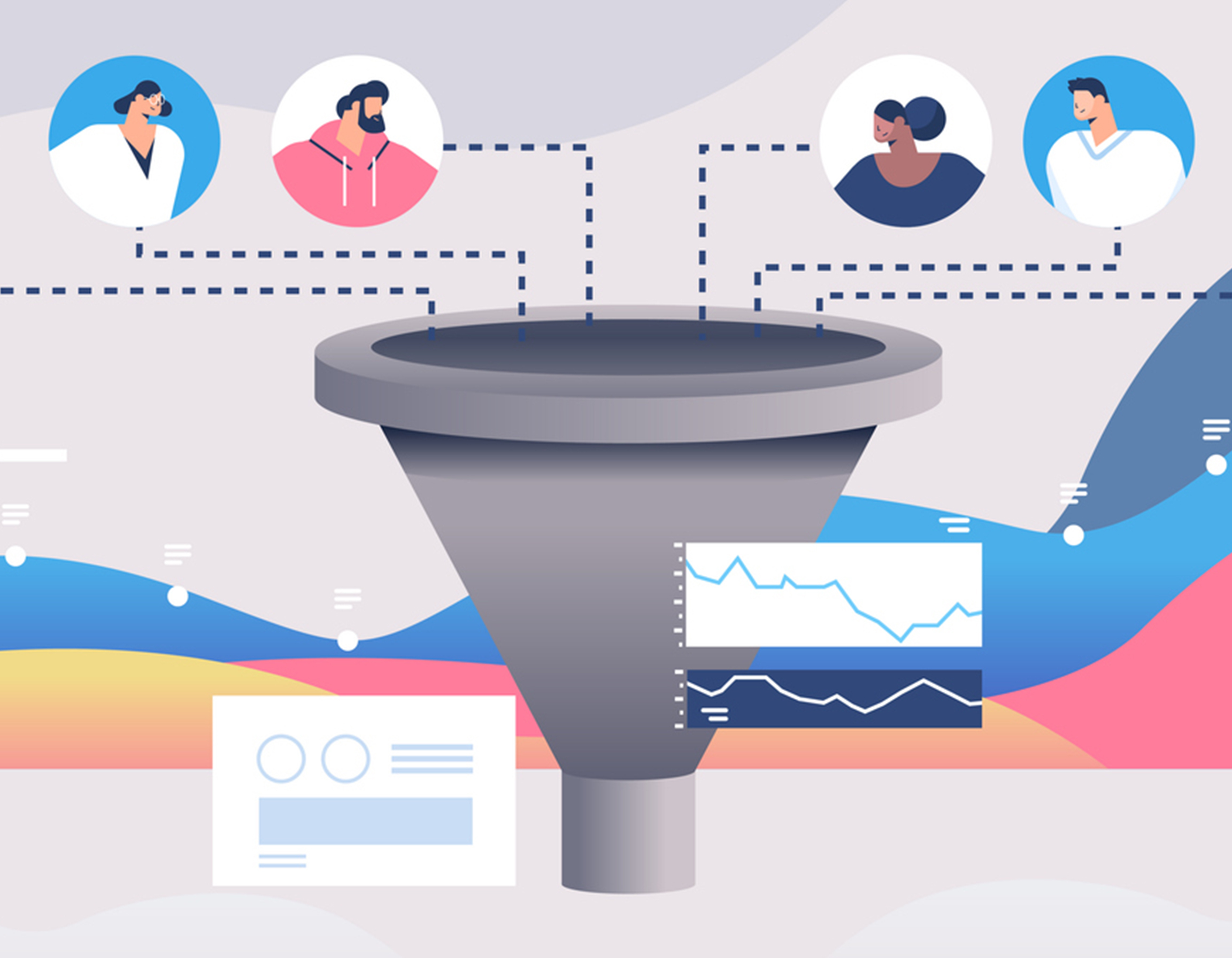Unlocking Account-Based Management’s Full Potential
How Categorizing Suspects, Prospects, and Customers Strengthens Your Pipeline
Why Your Data Is Holding You Back
Your company’s most valuable assets aren’t just your products. They are also your relationships. But those relationships are only as strong as the contact data behind them.
- B2B contact data decays at a rate of up to 70.3% annually.1
- Only 50% of organizations trust their internal data.2
Without clean, categorized, and nurtured data, your account-based marketing (ABM) strategy isn’t running at full potential.
Plus, 93% of B2B buyers want content with less of a sales pitch.3 That’s where nurture marketing (LINK TO The Power of Nurture Marketing blog) comes in—guiding each contact through the right content and touchpoints, at the right time. Nurture marketing is a big part of ABM.
Three Key Categories That Define Your Account Contacts (aka Audience)
1. Suspects → Cold Contacts with No Engagement
Who they are: People who fit your ideal customer profile (ICP) but haven’t engaged.
The risk: Without proper nurturing, these contacts will stay cold and irrelevant in your CRM.
How to nurture them:
✔ Educate – Share high-level industry insights, thought leadership, and relevant challenges.
✔ Stay visible – Engage via LinkedIn, targeted ads, and soft introductions before hard selling.
✔ Keep your contact data fresh – Regularly clean and enrich your database to avoid wasted efforts.
Data Decay Tip: If you haven’t verified a contact’s information in 12 months, they might as well be a ghost.
2. Prospects → Warm Leads Showing Interest
Who they are: These contacts have engaged with your brand—opened emails, attended webinars, or visited your website.
The risk: If you don’t nurture strategically, they could lose interest or move to a competitor.
How to nurture them:
✔ Provide value – Offer case studies (LINK TO Get Prospects to a Yes blog), industry reports, and solution briefs tailored to address their pain points.
✔ Personalize – Use purchase intent signals to segment prospects and deliver relevant messaging.
✔ Follow up smartly – Don’t bombard them; use a structured cadence of emails, ads, and other content.
Nurture Marketing Insight: The goal isn’t initially to sell—it’s to earn trust until they’re ready to buy.
3. Customers → Engaged Buyers Who Need Retention
Who they are: Clients who have already said “Yes”—but their journey with you isn’t over.
The risk: If they hear from you only when you want to sell something new, they’ll disengage.
How to nurture them:
✔ Keep them informed – Provide updates, exclusive insights, and value-added content.
✔ Showcase wins – Share customer success stories that validate their investment in your solution.
✔ Encourage advocacy – Turn them into champions through referral programs, testimonials, and reviews.
ABM Strategy Tip: The best new business opportunities often come from existing clients.
1 Forbes
3 Forbes










